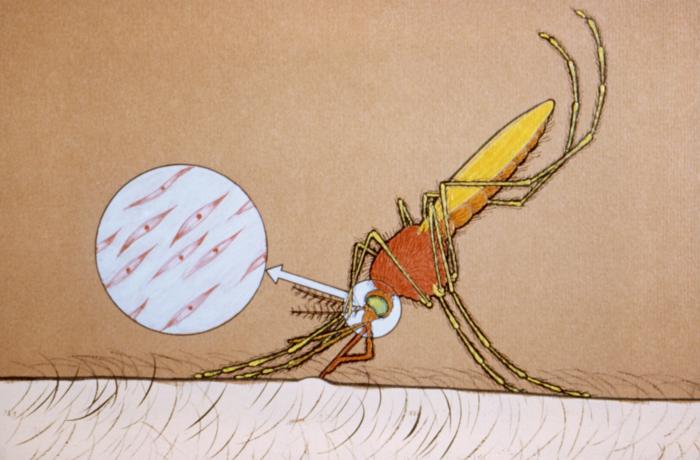Distinguishing Anopheles mosquitoes from other types
The terms 'anophelines' and 'culicines' refer to all species of these mosquito types.
There are two common types of mosquitoes that lay their eggs in water: anophelines, which can be vectors of malaria, and culicines, which do not carry malaria. It is very important that you know the difference in the morphology (structure and shape) of these mosquitoes to identify the exact breeding habitats that support the development of the potential vectors.
Now study the differences in the body structure and resting position in water collections of the anopheline and culicine larvae. You don't need magnifying or other equipment to distinguish anopheline and culicine larvae. You can tell the difference by looking at the larvae in the vector breeding waters. Your mentor will show you the difference between the two during your practical training. This will be a very important part of your task as a health professional: identifying water collections that shelter anopheline larvae and taking action to eliminate such breeding grounds or kill the larvae.

There are four stages in the mosquito life cycle, and three of them -- eggs, larvae and pupae -- are to be found in water.